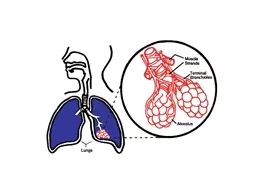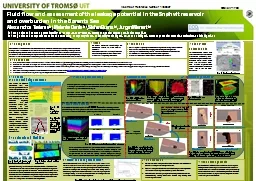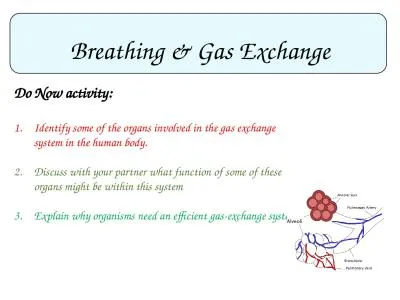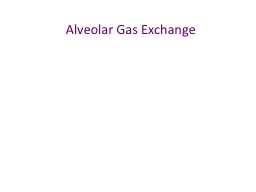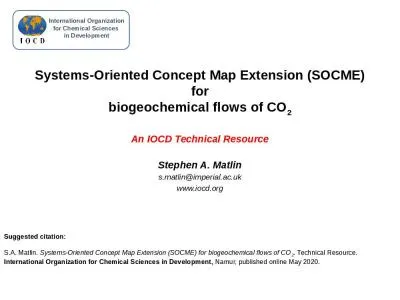PPT-Physical principles of gas exchange. O2 and CO2
Author : roxanne | Published Date : 2022-06-18
Molecules move randomly amp rapidly in relation to each other Net diffusion is from high to low Partial pr of the gas is proportional to gas nitrogen 79 600 mmHg
Presentation Embed Code
Download Presentation
Download Presentation The PPT/PDF document "Physical principles of gas exchange. O2 ..." is the property of its rightful owner. Permission is granted to download and print the materials on this website for personal, non-commercial use only, and to display it on your personal computer provided you do not modify the materials and that you retain all copyright notices contained in the materials. By downloading content from our website, you accept the terms of this agreement.
Physical principles of gas exchange. O2 and CO2: Transcript
Download Rules Of Document
"Physical principles of gas exchange. O2 and CO2"The content belongs to its owner. You may download and print it for personal use, without modification, and keep all copyright notices. By downloading, you agree to these terms.
Related Documents

